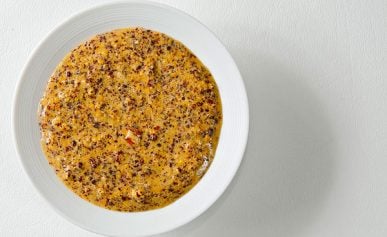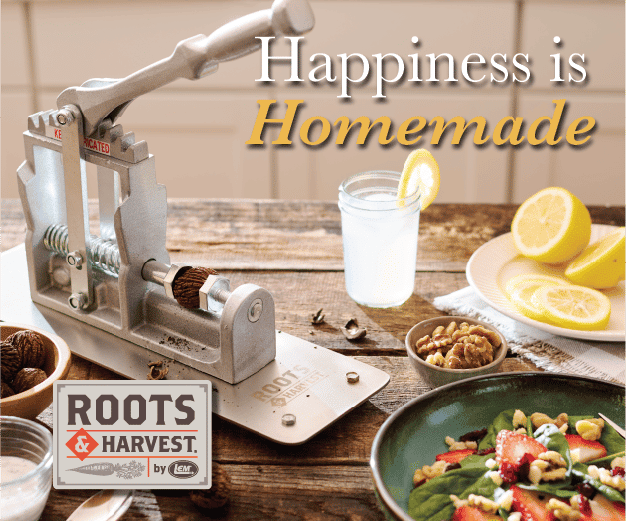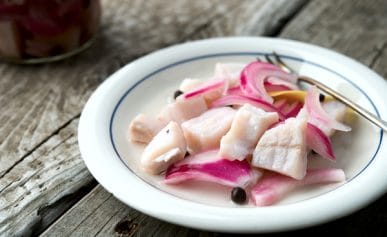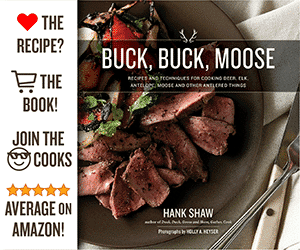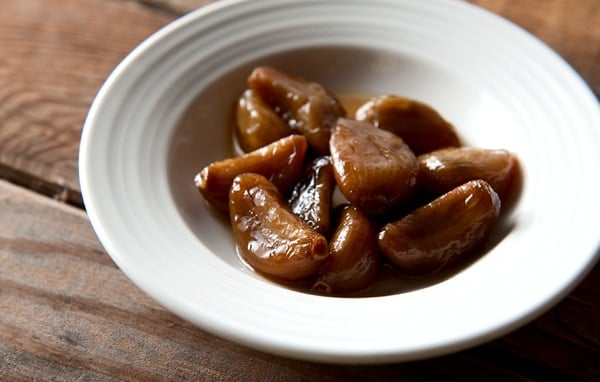
I love, love, love pickles and preserved foods. I do everything from cure my own olives to pickle fish, but the recipes here are standard — more or less — vegetable and fruit pickles. I often find myself with more of a wild edible food or a garden veggie than I can eat fresh, so I immediately think “how can I pickle some of this?” There’s usually a way.
CONDIMENTS
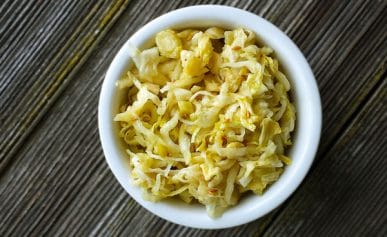
Fennel Sauerkraut
A truly excellent rendition of sauerkraut that’s about 50-50 shaved fennel bulb and cabbage, spiced with lots of different seeds. Awesome on a sausage.
Read More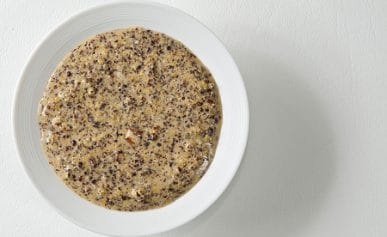
Ancient Roman Mustard
A modernized version of an ancient Roman mustard. You gotta try this one!
Read More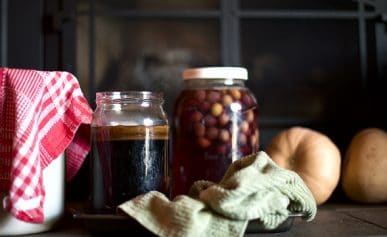
How to Make Beer Vinegar
Yep. Vinegar, made with beer. Not exactly malt vinegar, this is something better, something richer in flavor.
Read More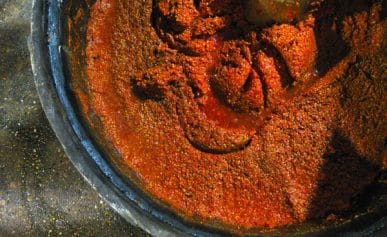
Tabasco Style Fermented Hot Sauce
This is the real deal, a long-fermented hot sauce in the style of Tabasco. It takes a while to make, but it’s worth the wait.
Read More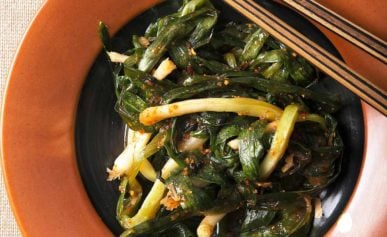
Wild Green Onion Kimchi
I make this with Western three-cornered leeks, but you can use ramps or any other green onion or scallion.
Read More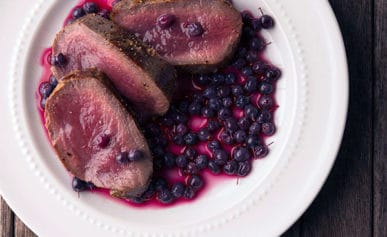
Pickled Blueberries
Yes, you can pickle blueberries, or any small berry, for that matter. They’re fantastic alongside wild game or salmon.
Read More
Classic Walnut Ketchup
Yep. Ketchup isn’t just for tomatoes. This is an old English recipe for a sauce that is a lot like a cross between A1 Steak Sauce and Worcestershire. You make it with green, unripe walnuts.
Read More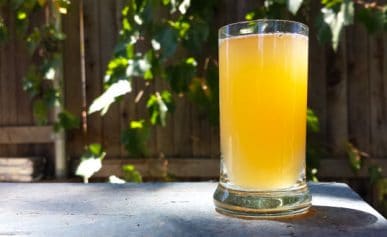
How to Make Verjus
Verjus or verjuice is a “vinegar” made by pressing unripe grapes. Its less acidic than actual vinegar, and is what you will want to use when you want a bright flavor with food served with wine.
Read MoreROOTS and BULBS
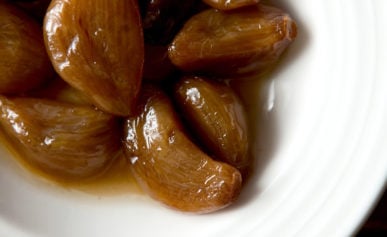
How to Preserve Garlic
Not pickled garlic but, caramelized, sweet garlic cloves pressure-canned. This is one of the most amazing foods I’ve ever made.
Read More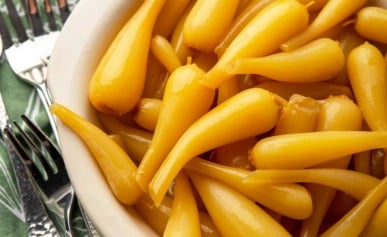
Pickled Ramps
Beautiful, crunchy and slightly sweet, I pickle these ramp bulbs with saffron, honey and thyme.
Read More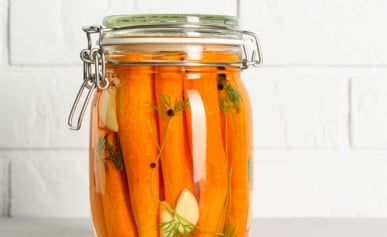
Fermented Carrot Pickles
Yep. Old style, no-vinegar pickles, fermented in brine. I pickle carrots in no other way now.
Read More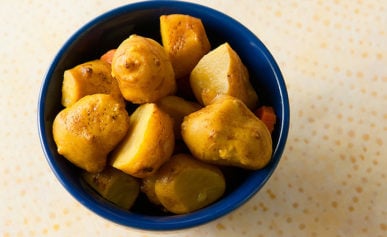
Pickled Sunchokes
Also called sunchokes, these crunchy tubers are awesome pickled with turmeric and chiles.
Read MoreFRUITS
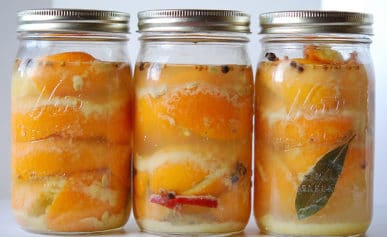
Preserved Lemons
Salting citrus such as lemons, limes or oranges has been done in many cultures. Here is an overview of the different methods, with a recipe.
Read MoreOTHER VEGETABLES
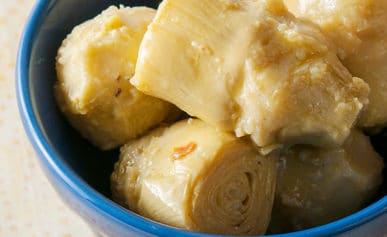
Pickled Artichokes
This is by far the best method for preserving artichoke hearts. Works best with the little artichokes.
Read More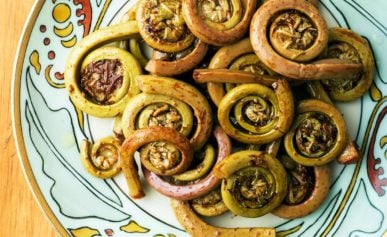
Pickled Fiddleheads
Brine-pickled fiddleheads from either ostrich or lady ferns. These are briny and a little spicy, but super crunchy. Eat them alongside cheese or cured meats.
Read More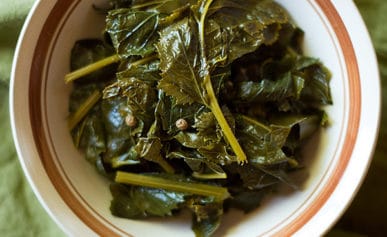
Pickled Mustard Greens
I make these every year when our wild mustard greens come ready. It’s a little like kimchi meets sauerkraut, and it’s a common ingredient in Chinese cooking – also good on a bun with sausage.
Read More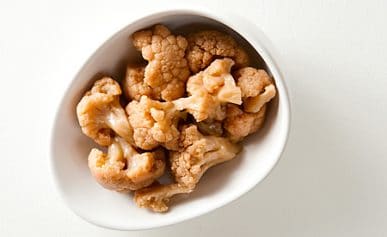
Pickled Cauliflower
Classic Italian antipasto style pickled cauliflower. If you grew up in “red sauce” places, you’ll love this one.
Read More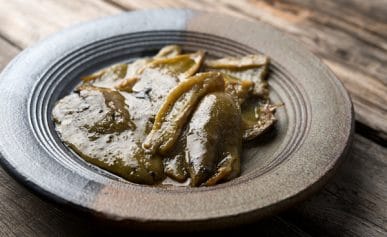
Smoked, Roasted and Preserved Jalapenos
These are made of awesome. They are the love child of chipotle and fire-roasted red peppers. You want to make these, oh yes you do…
Read More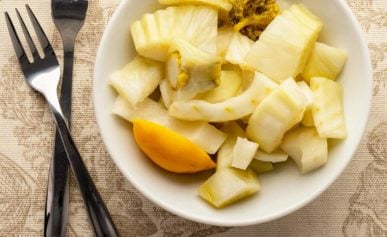
Pickled Fennel
Sweet and sour fennel pickles, with a little lemon zest thrown in. Wonderful on an antipasto plate.
Read More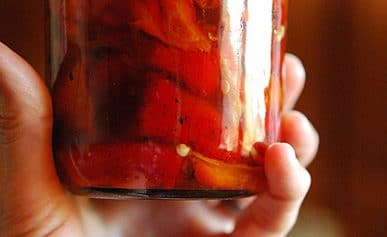
Preserving Peppers
An old Italian method for preserving sweet or hot peppers. You roast them, dredge in vinegar, salt and preserve in olive oil.
Read More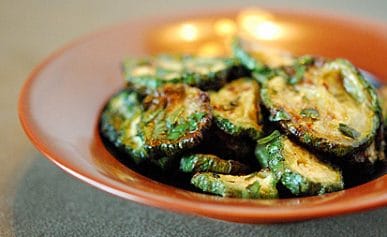
What to Do with All that Zucchini
Similar to the pepper recipe above, this is a great way to preserve zucchini. Salted, dried and preserved in oil.
Read MoreMEATS AND FISH
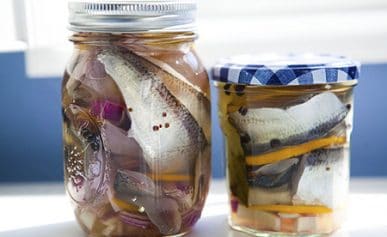
Swedish Pickled Herring
This is a classic Swedish recipe for herring that can also be made with capelin, sardines, pilchards or smelt.
Read More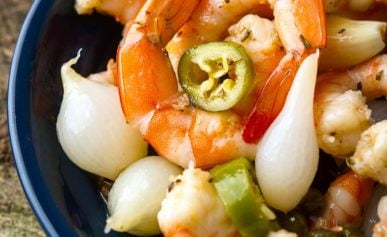
Pickled Shrimp
A Southern tradition, pickled shrimp is a great party appetizer anytime of the year, but especially in summer.
Read More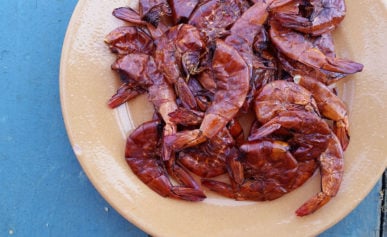
How to Make Dried Shrimp
Dried shrimp is a key ingredient in many of the world’s cuisines. Here’s how to make them.
Read MoreMUSHROOMS
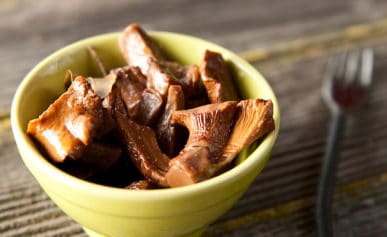
Pickled Chanterelle Mushrooms
This is my standard pickle for mushrooms. Slight sweetness, lots of mustard seed and bay leaves. Works with most mushrooms.
Read More
Italian Marinated Mushrooms
Absolutely my favorite way to preserve big, meaty mushrooms. I like porcini preserved this way better than ever fresh porcini!
Read More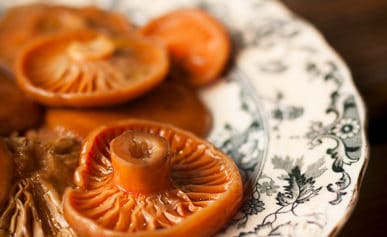
Polish Fermented Mushrooms
A Polish and Eastern European method of preserving mushrooms, these are boiled briefly, then salted down and fermented. Spectacular with bread and vodka.
Read MoreOLIVES
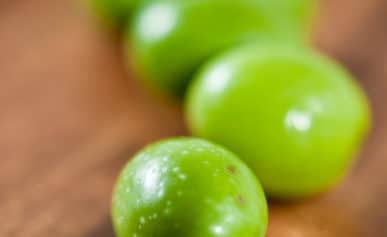
How to Cure Green Olives
The most basic methods, with water and with brine. Water curing takes vigilance, brine curing takes time.
Read More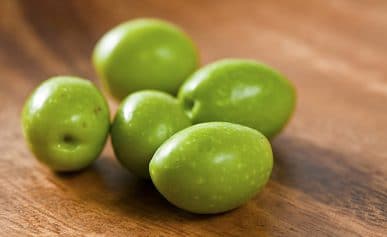
Curing Olives with Lye
My favorite way to cure green olives. It sounds gnarly, but lye-curing dates back 2000 years. It makes a buttery olive.
Read More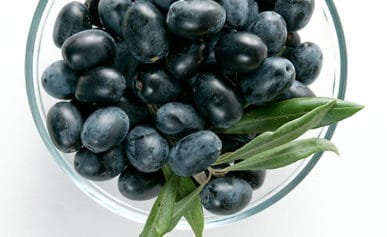
How to Make Oil Cured Black Olives
This is that Greek style wrinkly olive. It is a very easy method of curing black olives, and the flavor is far better than any store-bought olive.
Read MoreMISCELLANEOUS
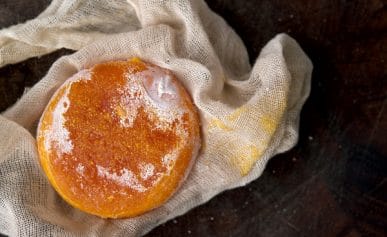
Salt Cured Egg Yolk
Yes, you can salt cure an egg yolk. It’s an easy preservation project to do, and the finished product is awesome over pasta, rice or vegetables. It’s like eggy parmesan cheese.
Read More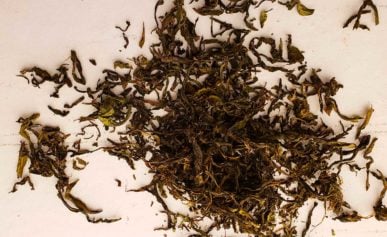
Fireweed Tea
A tea made by fermenting fireweed leaves, exactly the way you make traditional black tea.
Read More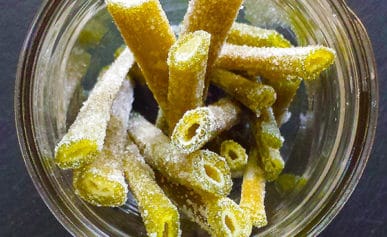
Candied Angelica
Angelica, lovage or fennel stems are hollow, so when you candy them, they make great straws, or zippy notes as a dessert garnish.
Read More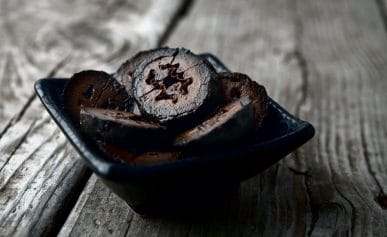
Pickled Walnuts
Pickled walnuts are a classic British condiment, mostly served with cheddar cheese and charcuterie. They also go well with sweet foods, too. You make them with unripe, green walnuts.
Read More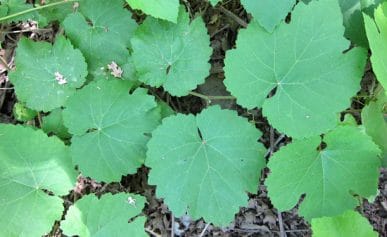
Pickled Grape Leaves
I use these grape leaves to make dolmades, stuffed grape leaves. They will last more than a year if you can them.
Read More
Tomatillo and cilantro salsa. This is a cooked, canned salsa that makes a perfect base for making chile verde.
Read More
Madrone Tea Eggs
Madrone is a flavorful tree bark in the West, which creates this pretty stain on the cracked eggs. You can also use ponderosa pine or hickory bark to make these.
Read More